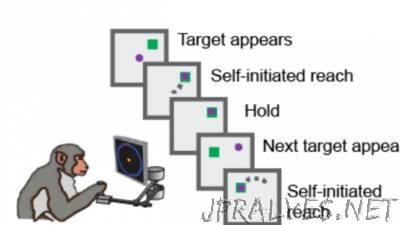
“Whenever you move your hand or finger or eyeball, the brain sends a signal to the relevant muscles containing the information that makes this movement possible. This information is encoded in a special way that allows it to be transmitted through neurons and then actioned correctly by the relevant muscles. Exactly how this code works is something of a mystery. Neuroscientists have long been able to record these signals as they travel through neurons. But understanding them is much harder. Various algorithms exist that can decode some of these signals, but their performance is patchy. So a better way of decoding neural signals is desperately needed. Today, Joshua Glaser at Northwestern University in Chicago and a few pals say they have developed just such a technique using the new-fangled technology of machine learning. They say their decoder significantly outperforms existing approaches. Indeed, it is so much better that the team says it should become the standard method for analyzing neural signals in future.”
